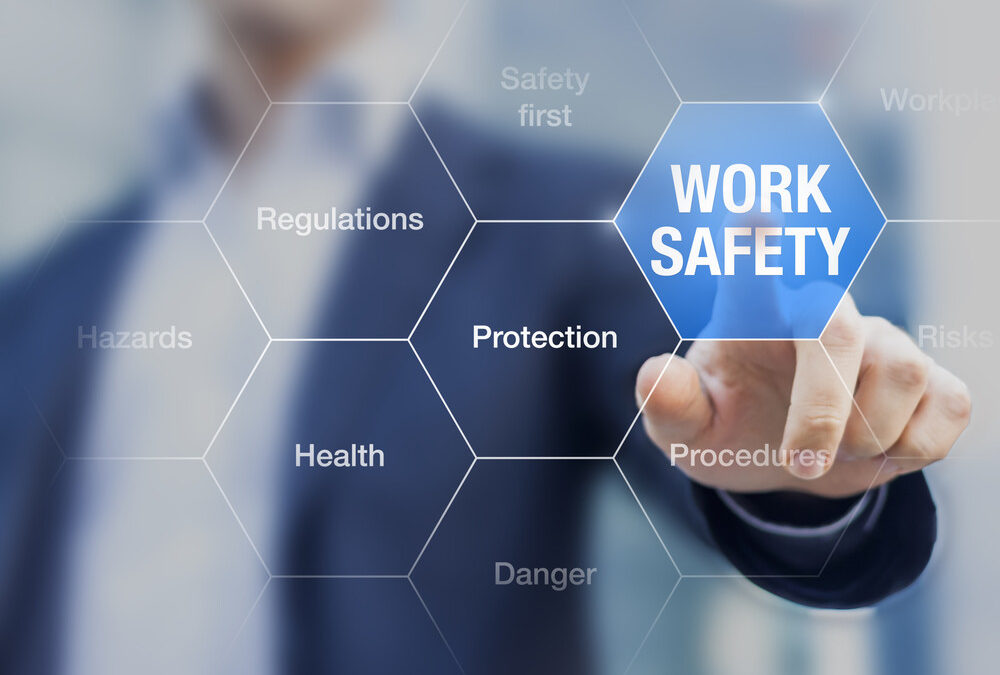IATF 16949 has complete harmonization for all the requirements of industrial management systems related to the automotive sector which further strengthens its image in the field of Automotive.
The International Automotive Task Force (IATF), as they present on their website, is an ad hoc collaboration of automotive manufacturers and trade associations intending to establish standards, such as the IATF 16949 safety requirement, for the entire automotive community to follow. In automotive manufacturing, safety is always a significant concern. Automobiles have increased their safety records as time has gone by, but that doesn’t mean that they are less dangerous. A lot of these safety measures have come because of the proactive decisions by manufacturers to ensure that the product is safe for consumer use.
The latest iteration of the IATF 16949 system was published in 2016 and outlines a series of safety requirements that need to be implemented. It addressed previous issues with companies not being able to produce proper documentation of their safety equipment development. As a result, the clauses included in the latest IATF 16949 rules require a slew of criteria for manufacturers to follow. The IATF’s definition of product safety states that it addresses the standards that relate to the design and manufacture of any product to ensure that it does not present a hazard or cause harm to consumers.
How To Maintain Safety Culture Within an Organization for the IATF 16949 Safety Requirement
Maintaining a culture of safety within the company is the best way to go about ensuring that the company conforms to the requirements of the IATF 16949 safety requirement. For a business to start considering consumer safety as a priority, it must also look at several other facets of its development internally.
1) Implement a Corporate Safety Policy
One of the things that the IATF 16949 safety requirement highlights in its publications is that it believes that safety shouldn’t rest with on single department. Instead, it is the responsibility of every department to ensure that consumer safety is of the utmost importance. The onus lies with upper management to outline and develop a corporate safety policy that keeps these principles in mind.
2) Determination of Hazards
Hazards exist within the company as well as outside of it. By evaluating risks, a company gets the chance to deal with the issue altogether. In cases where the problems persist, the manufacturer may be required to perform mitigation to ensure that it does not present a severe problem. Hazards, once they become known, should be categorized on the risk level that they present to workers or consumers.
3) Independent Safety Review
While developing a safety policy within the company’s walls starts the process of implementing protective measures, external validation is a natural part of the policy’s evolution. Many companies overlook this crucial step, and, as a result, their safety policies become outdated and fail to notice critical information. The longer a company takes to accept that outside help is necessary, the less aware their safety policy becomes of glaring issues within their systems.
4) Promoting a Culture of Safety
An automotive company’s safety procedures need to be communicated with the clients, not merely through words, but through actions. It would not do to have an auto manufacturer’s staff involved in an accident on-premises due to speeding, for example. Cultivating a culture of safety starts with the company itself. Encouraging its employees to operate their motor vehicles safely sends the right message to the consumer. If someone that works for the manufacturer is taking precautions, there’s no reason why the average driver shouldn’t do the same.
Developing Safety Personnel Internally
There can be dozens of departments, each with scores of individuals within an auto manufacturer’s company. The best way to ensure that the culture of safety is maintained is by designating members of each department as “safety champions.” This delegation allows each department to have a point-person on hand to consult in the event of a safety concern or question. We are dedicated to helping out clients conform with safety guidelines as a part of their IATF 16949 safety requirement certification. Consult us today, and let’s help you shore up your internal security!


Recent Comments